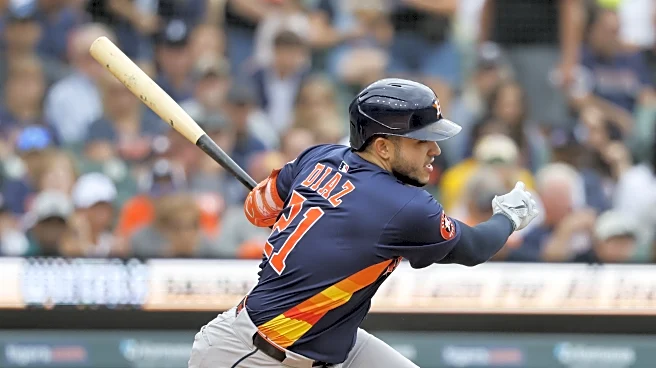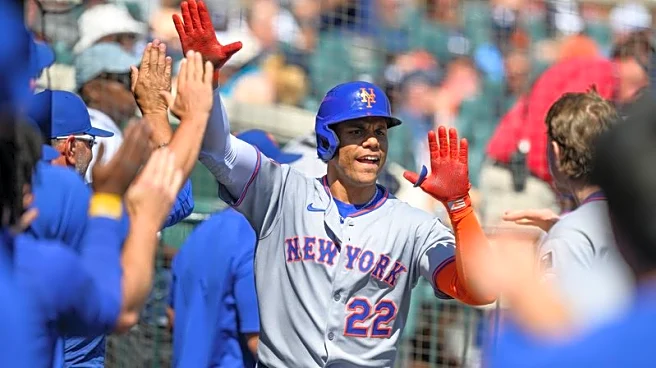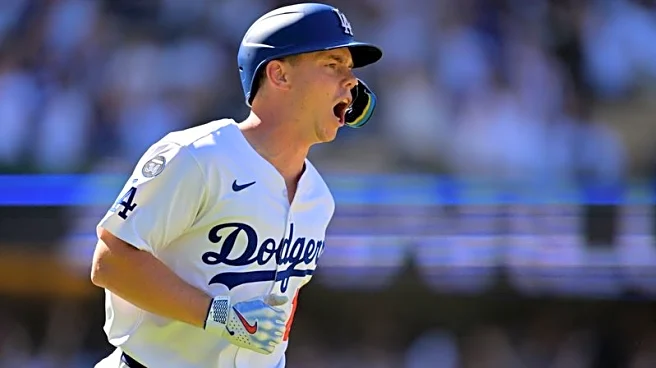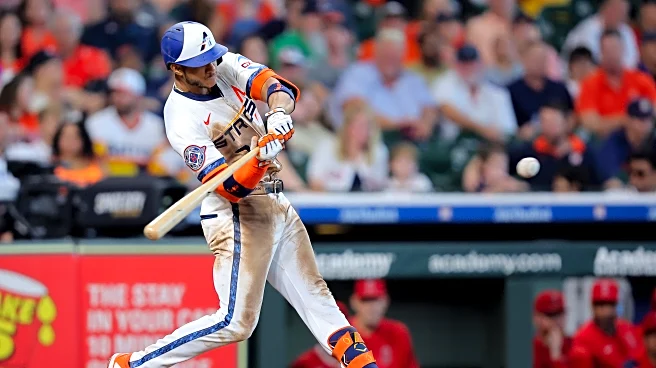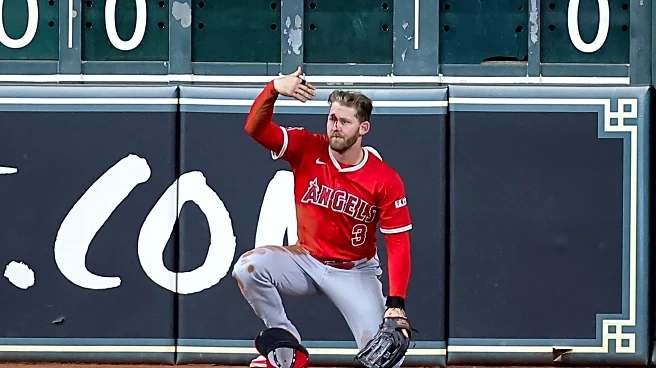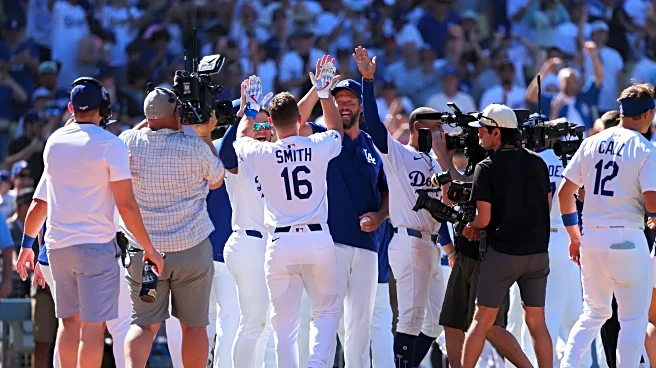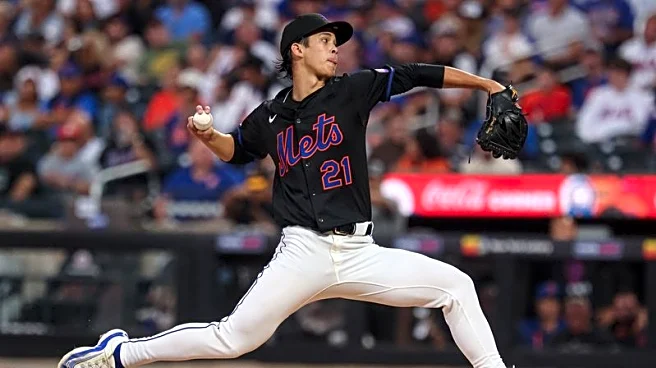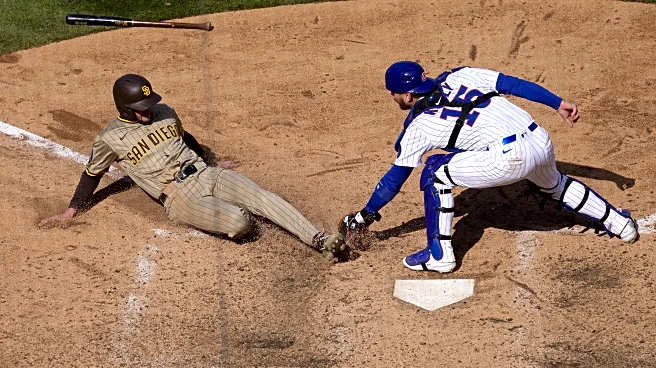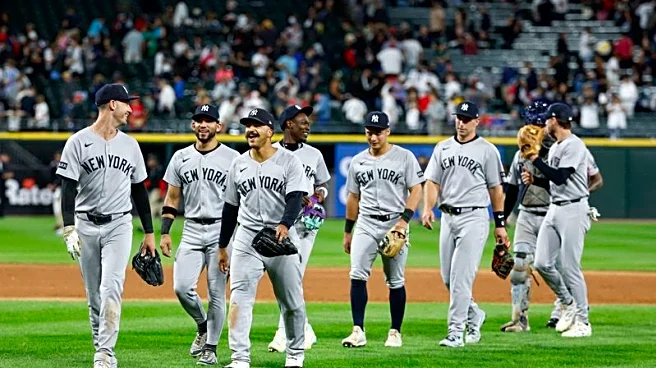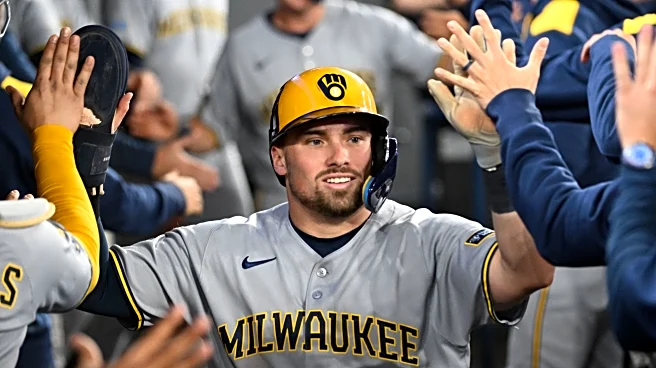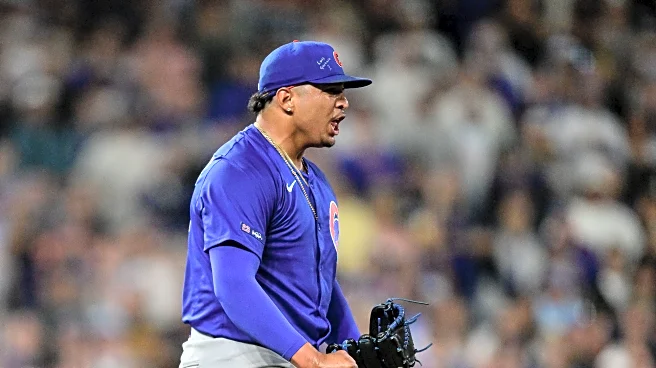
Plate discipline is a frequent topic around TCB. The Astros’ batters as a group are not the best case study for plate discipline. “Patience” could be a sub-heading under plate discipline, and Astros’ hitters frequently are not patient. Their approach may be charaterized as “aggressive.” Aggressiveness can be good, but if it isn’t combined with selectivity, the results can be bad. Sometimes plate discipline is called controlling the zone, meaning that the batter forces the pitcher to throw in the strike
zone, and by so doing, is more likely to receive pitches that he can do damage on.
Plate discipline is an approach at the plate which happens before contact with the ball. As Cam Smith noted in a recent interview, he can only control what happens before the bat makes contact, and what happens after he makes contact is outside his control. The skill of the pitcher and fielders and the randomness of batted balls all come into play after contact with the batted ball. The odds that the result will be good are influenced by the player’s selectivity in swinging and managing the count, all of which is based on the player’s process prior to swinging.
I’m going to examine two basic measures relevant to plate discipline: Outside Swing Rate and Swing Rate. These two metrics are purely process oriented measures—without reference to results like contact rate or batting average. Let’s begin by looking at the Top Five and Bottom Five rankings by team. I also show the wRC+ ranking for comparison.
Swing Rate Rank / wRC+ rank1`
- Rockies (30) 2. Rays (17) 3. Astros (14) 4. Rangers (24) 5. Phillies (9) (snip)
30. Brewers (8) 29. Reds (25) 28. Yankees (1) 27. Dodgers (2) 25. Pirates (29)
The Astros’ batters are often characterized as aggressive and this ranking is why. The Astros have the 3d highest swing rate. As I noted above, aggressive doesn’t mean bad. And the comparison to wRC+ rankings indicate that the teams which swing a lot vary in their end result offense. The swingy teams have good offense (Phillies), mediocre offense (Astros), and bad offense (Rockies, Rays, and Rangers). Meanwhile, the teams that swing the least are varying in offensive quality. It’s notable that the top two offenses (Yankees and Dodgers) don’t swing much. But the Reds and Pirates don’t swing much either and are among the worst offenses in baseball.
Let’s follow through with the Outside Swing Rate ranking and accompanying wRC+ranking. While swinging percent isn’t necessarily good or bad (but more of a profile of the hitter type), outside swinging generally is viewed as a bad characteristic, since pitches outside the zone generally have a low batting average. The O-Swing rate is closely associated with Chase Rate, which suggests a negative outcome.
Outside Swing Rate Rank / wRC+ rank1`
- Rockies (30) 2.Astros (14) 3. Phillies (9) 4. Guardians (28) 5. Padres (13) (snip)
30. Brewers (8) 29. Yankees (1) 28. Dodgers (2) 27. Pirates (29) 25. Mets (4)
The Astros are 2d ranked at swinging outside the zone. Again, the top five outside swingers are composed of both good and bad offensive teams. But the combination consists of really bad offenses (Rockies, Guardians) and teams ranked 9 -14. These are really bad teams and teams which are at best good to mediocre, but no great offensive teams. The teams which swing at outside pitches the least include the 1st, 2d, 4th, and 8th ranked offenses. However, the Pirates have the 29th ranked offense and also avoid swinging at outside pitches. The Pirates’ inclusion among teams swinging the least outside the zone shows that overall offensive talent level is still an important determinant, regardless of the ability to avoid chasing pitches.
Turning to the Astros’ hitters, let’s look at the highest and lowest ranking on the team for Swing Rate and O-Swing Rate among individual batters.
Highest Ranking (Swing Rate)
- Yainer Diaz
- Chas McCormick
- Mauricio Dubon
- Christian Walker
- Jeremy Pena
Highest Ranking (Outside Swing Rate)
- Yainer Diaz
- Jose Altuve
- Chas McCormick
- Mauricio Dubon
- Jeremy Pena
Lowest Ranking (Swing Rate and Outside Swing Rate):
Lowest Swing Rate—1. Paredes 2. Hummel 3. Trammell
Lowest Outside Swing Rate: 1. Trammell 2. Dezenzo 3. Caratini 4. Paredes 5. Meyers
As an initial observation, Yainer Diaz is the top ranked Astros hitter in both swing rate and outside swing rate. In fact, he is an outlier on both metrics. Among all MLB hitters, Diaz is No. 2 in swing rate (behind the Cubs’ PCA) and No. 1 in Outside Swing Rate. Diaz is a significant contributor to the Astros ranking so high in swing rate and O-swing rate.
The highest swing rate and outside swing rate rankings are very similar. The main difference is that Altuve is added as the 2d ranking O-Swing rate hatter, and Walker falls off the high ranked outside swing hitters. Apparently Walker swings frequently but doesn’t swing frequently outside the zone.
It’s not surprising that Paredes ranks well on low swing rate and low outside swing rate. He is an extraordinarily patient hitter. But it may be surprising that Trammell, Hummel, and Dezenzo rank so well on these two plate discipline metrics. If the minimum PA threshold is lowered to 50 PA, Zach Short would rank as the lowest Swing Rate on the team (even better than Paredes) and the sixth lowest outside swing rate. It’s interesting that the “replaccement players” (Short, Hummel, Trammell) at the peak of the Astros injury problems were all fine plate discipline hitters. They were inferior hitters in some respects, but they compensated with lower swing rates.
Theseo measures of plate discipline may not be the primary determinants of batting effectiveness. But swinging metrics can indicate when overly aggressive hitting impede players and teams from achieving their offensive potential.
A minor finding in a recent article by Fangraphs’ Ben Clemens could be relevant to this topic. Clemens researched the question of “hot hand” predictability, and he largely ended up with the same conclusion as previous research, i.e., current hot or cold streaks are slightly predictive of future streaks. But this ancillary conclusion caught my attention:
High swing rates were associated with more streakiness in general, which makes sense to me. Each of these effects had a p-value of between 0.05 and 0.10; they’re marginally significant, but with small magnitudes of effect.
Like Clemens, the idea that streakiness is correlated with swing rates makes intuitive sense to me. A flawed ability to control the zone could lead the batter to spiral into cold streaks. And random hot streaks could lead the batter to become over-confident that his swings will produce good results, and might result in swinging outside the zone more than normally. Maybe that works for awhile, but the long run effect could send the hitter into a bad spell. (Maybe that is why the word “discipline” is included in the term plate discipline.)
Is it possible that the Astros’ plate discipline flaws contributed to streakiness in the Astros’ offensive results? I don’t know the answer. But casual fan observation makes me think that the Astros’ offense has been streaky, with both hot and cold spells. One reason is that BABIP is volatile. Look at the monthly BABIP for the Astros:
March/April .287 May .313 June .297 July .313 August .275
These periodic BABIP fluctuations can result in hot and cold spells, in and of themselves. But my suggestion is that plate discipline, or lack thereof, is an important tool for responding to streakiness.
Thoughts?
